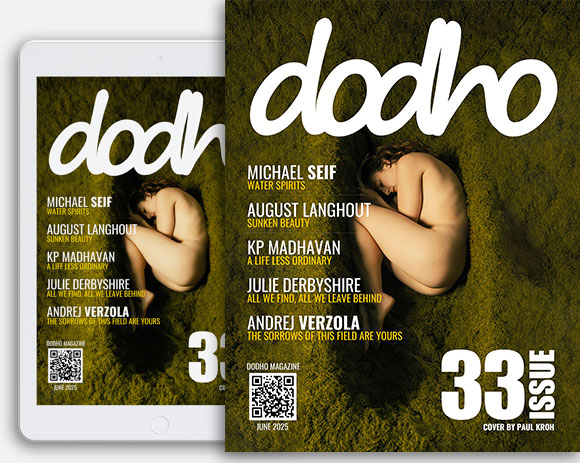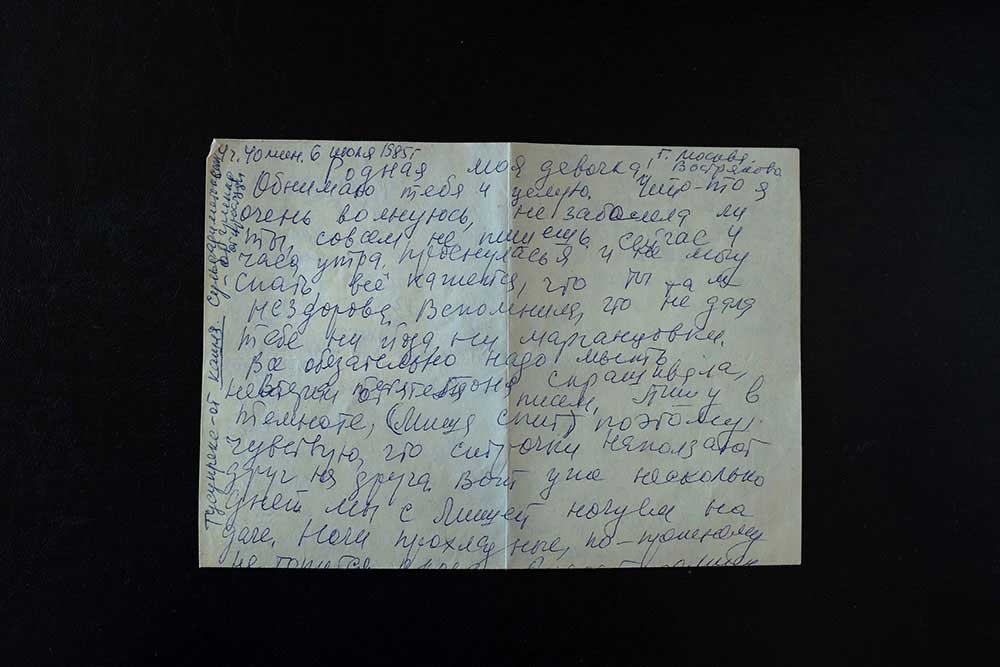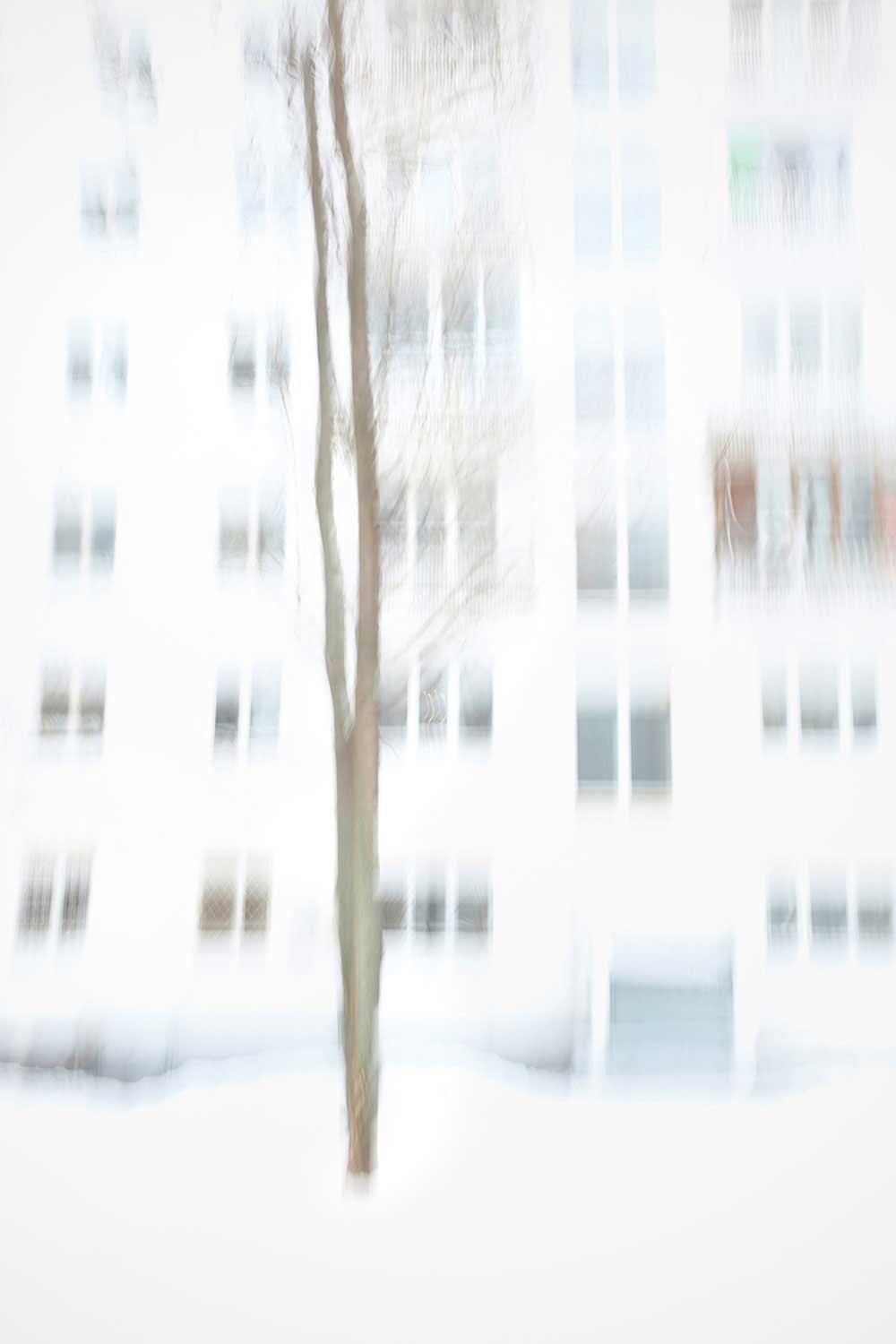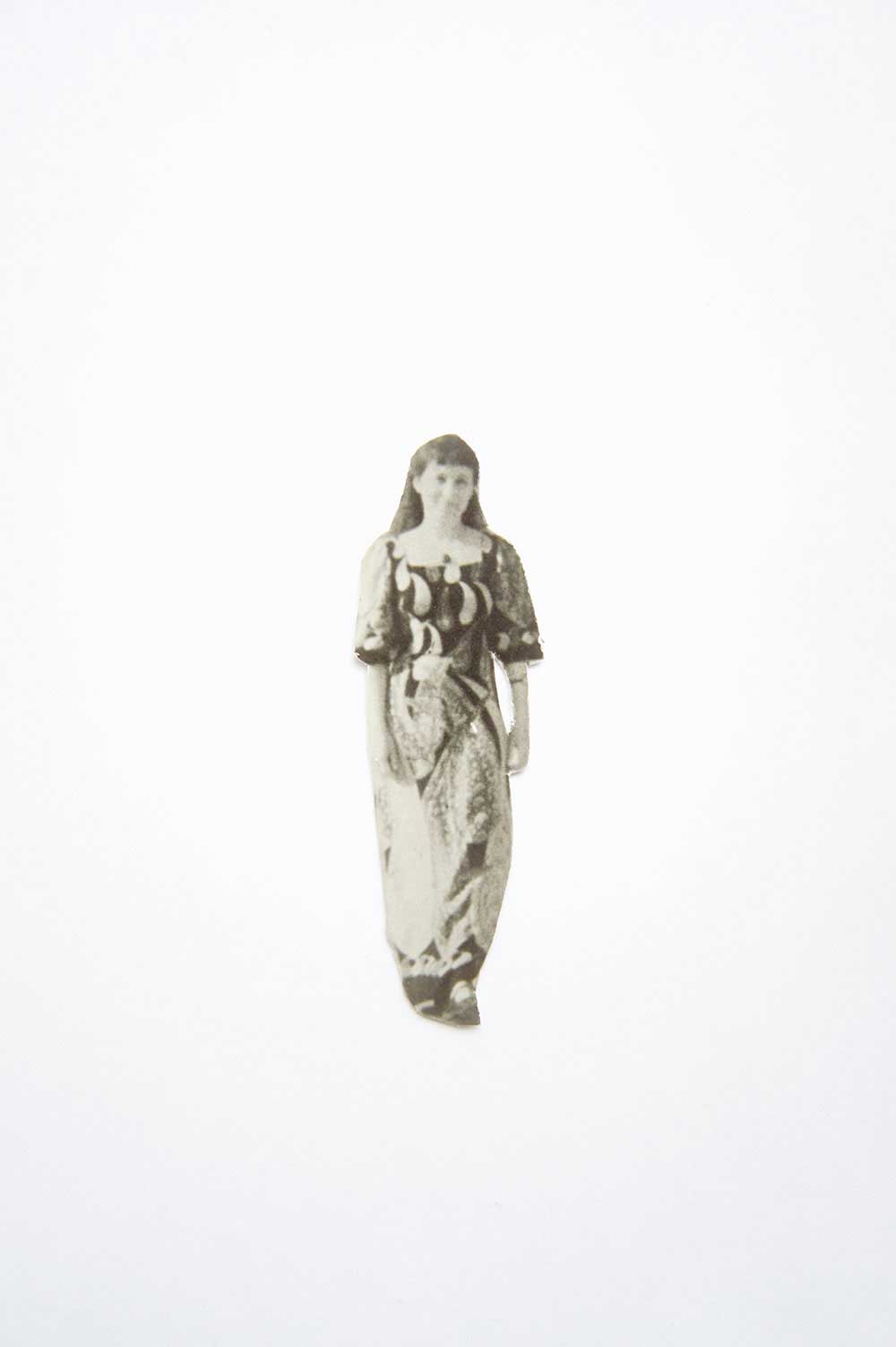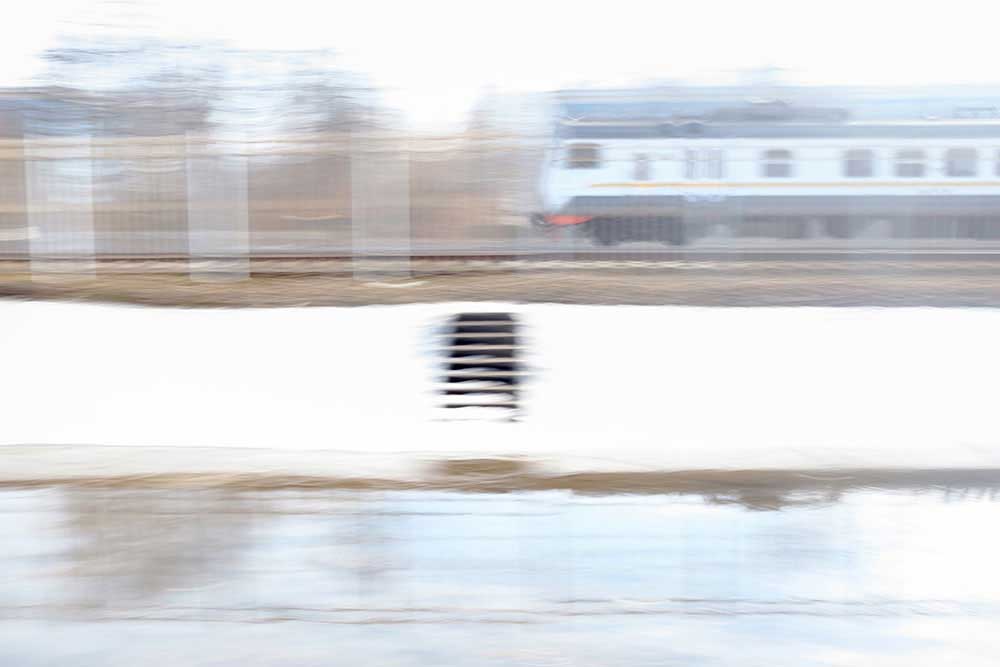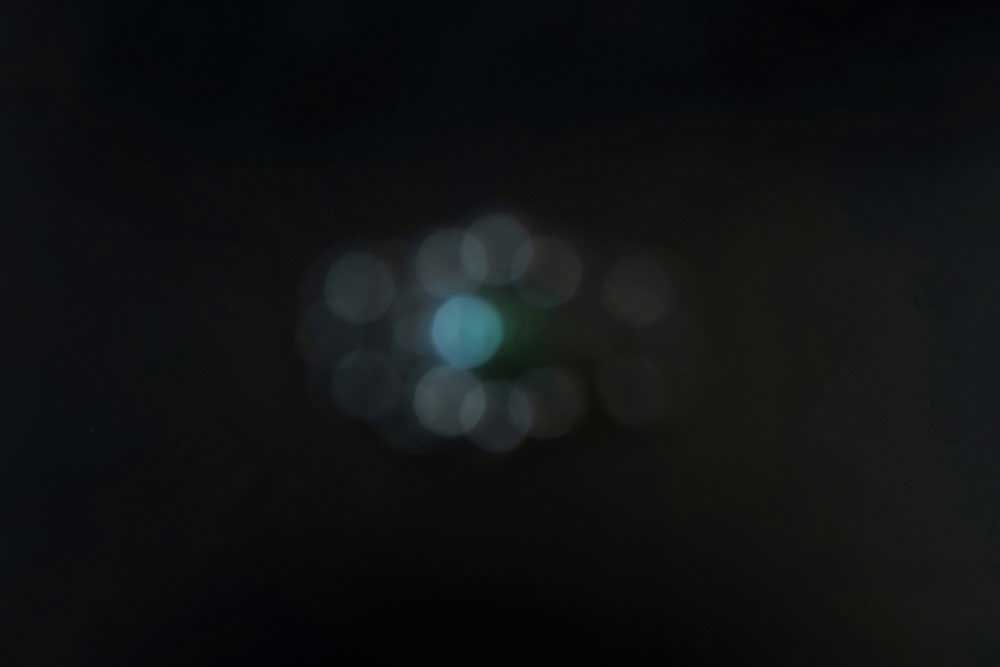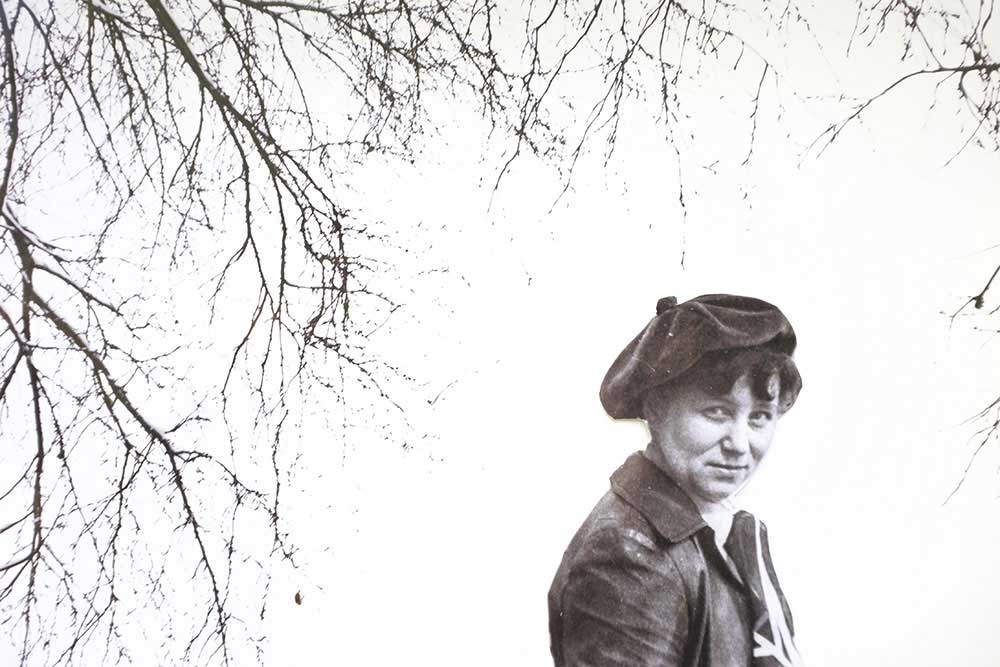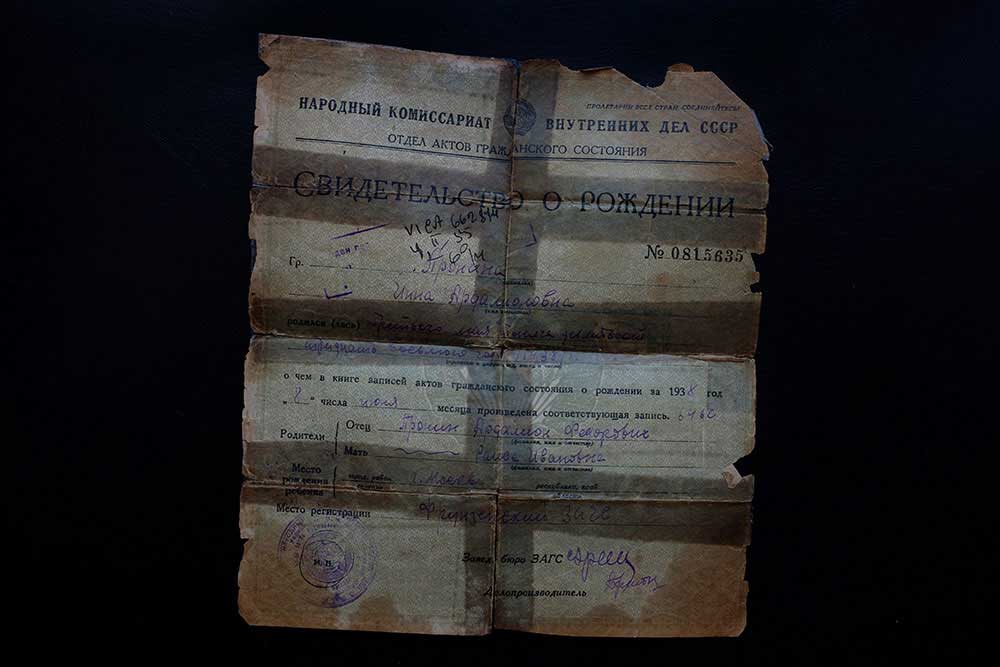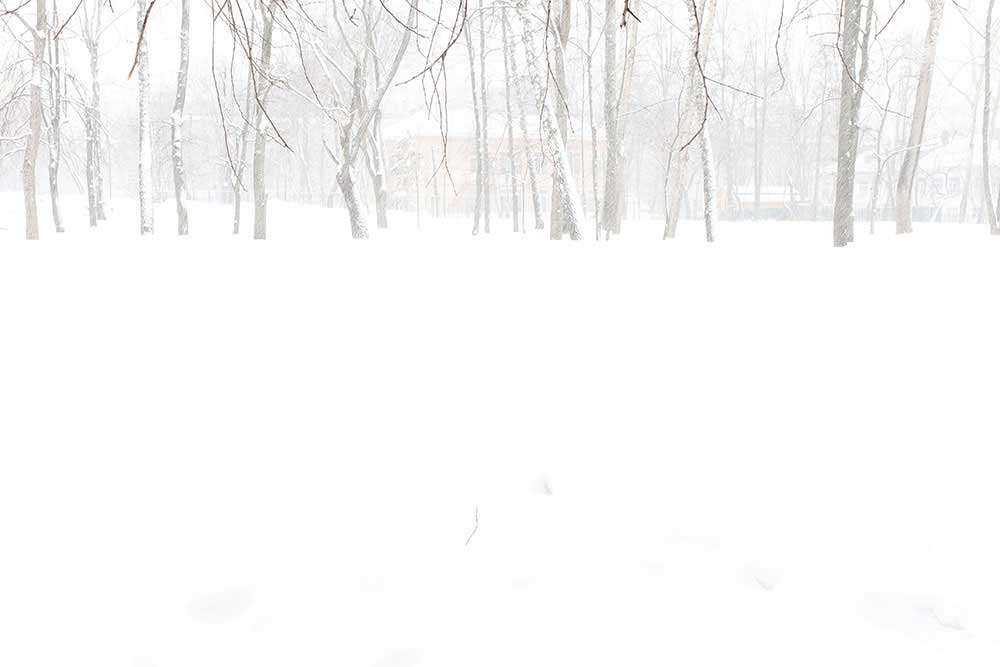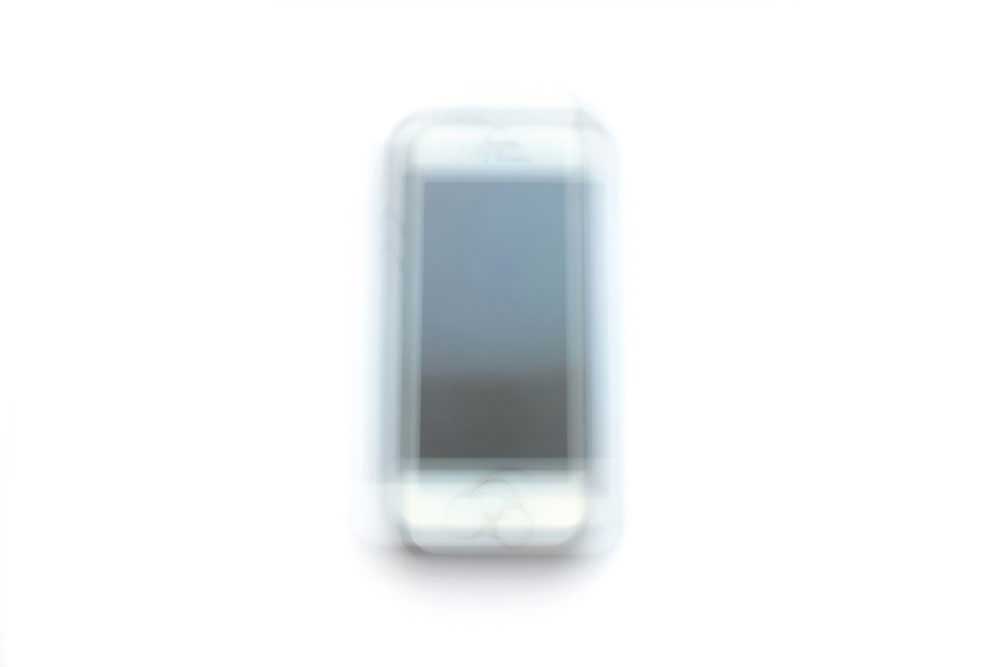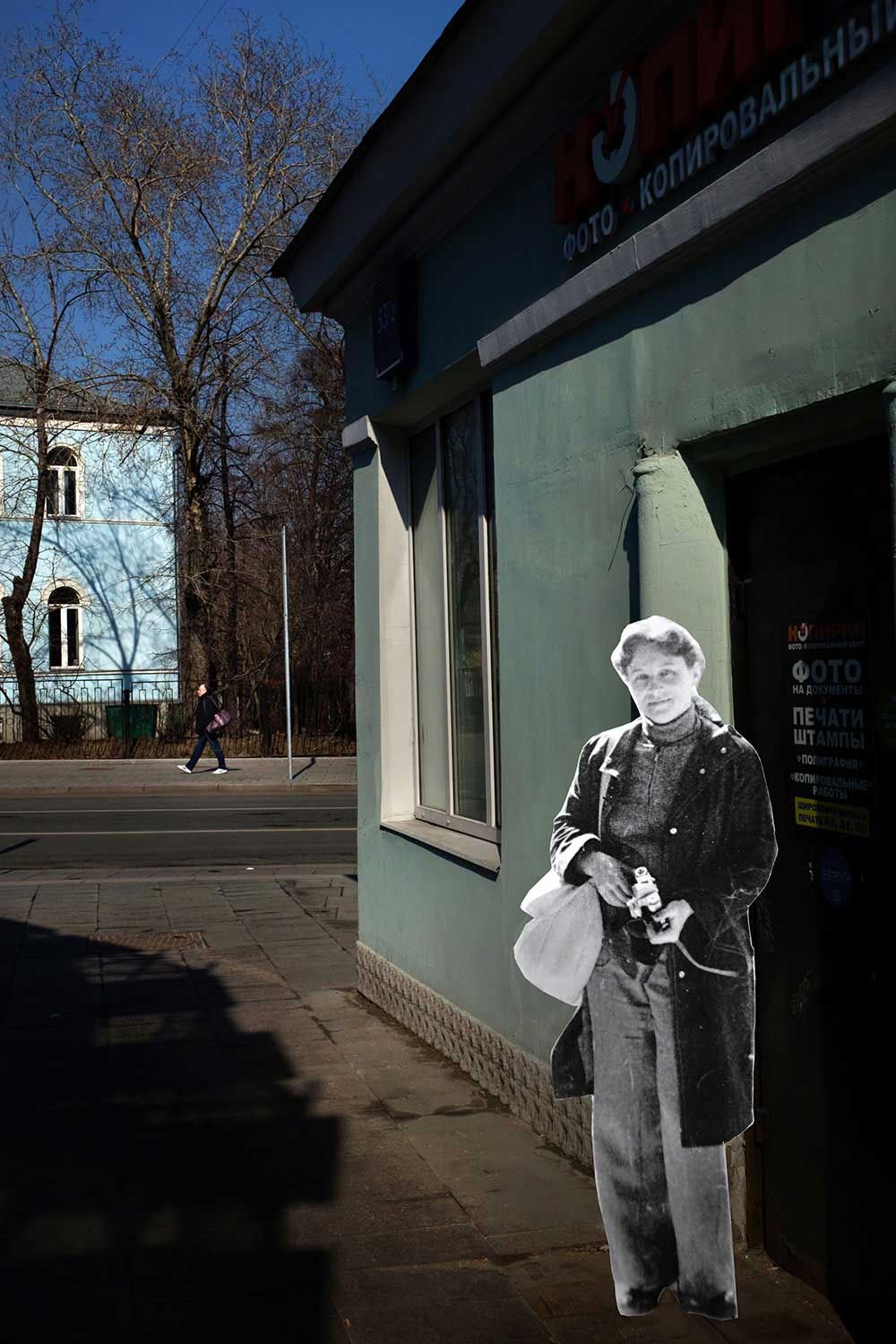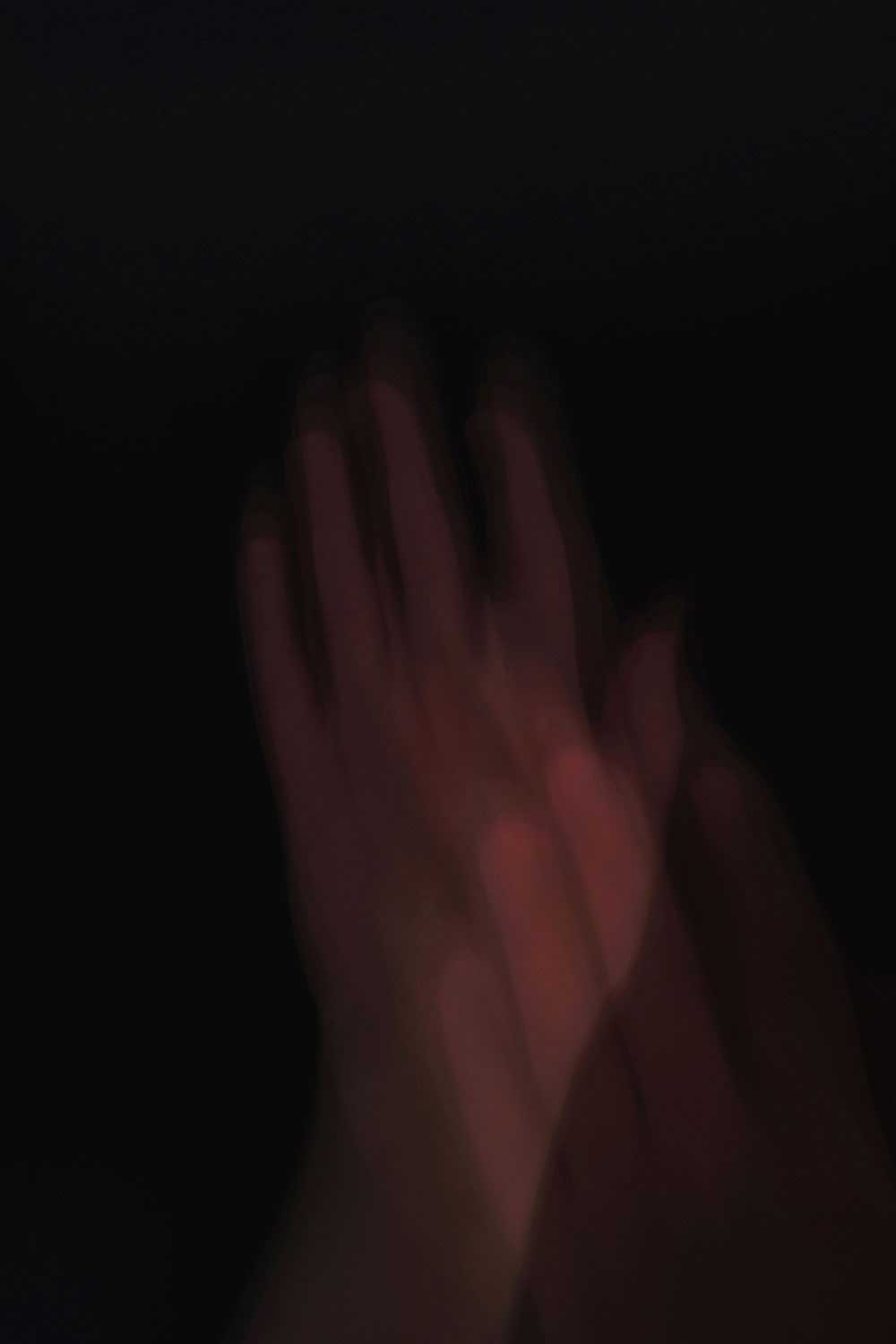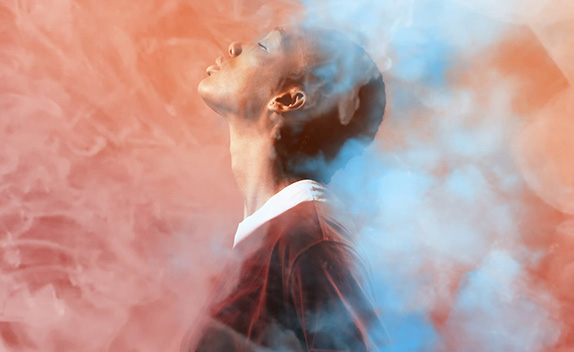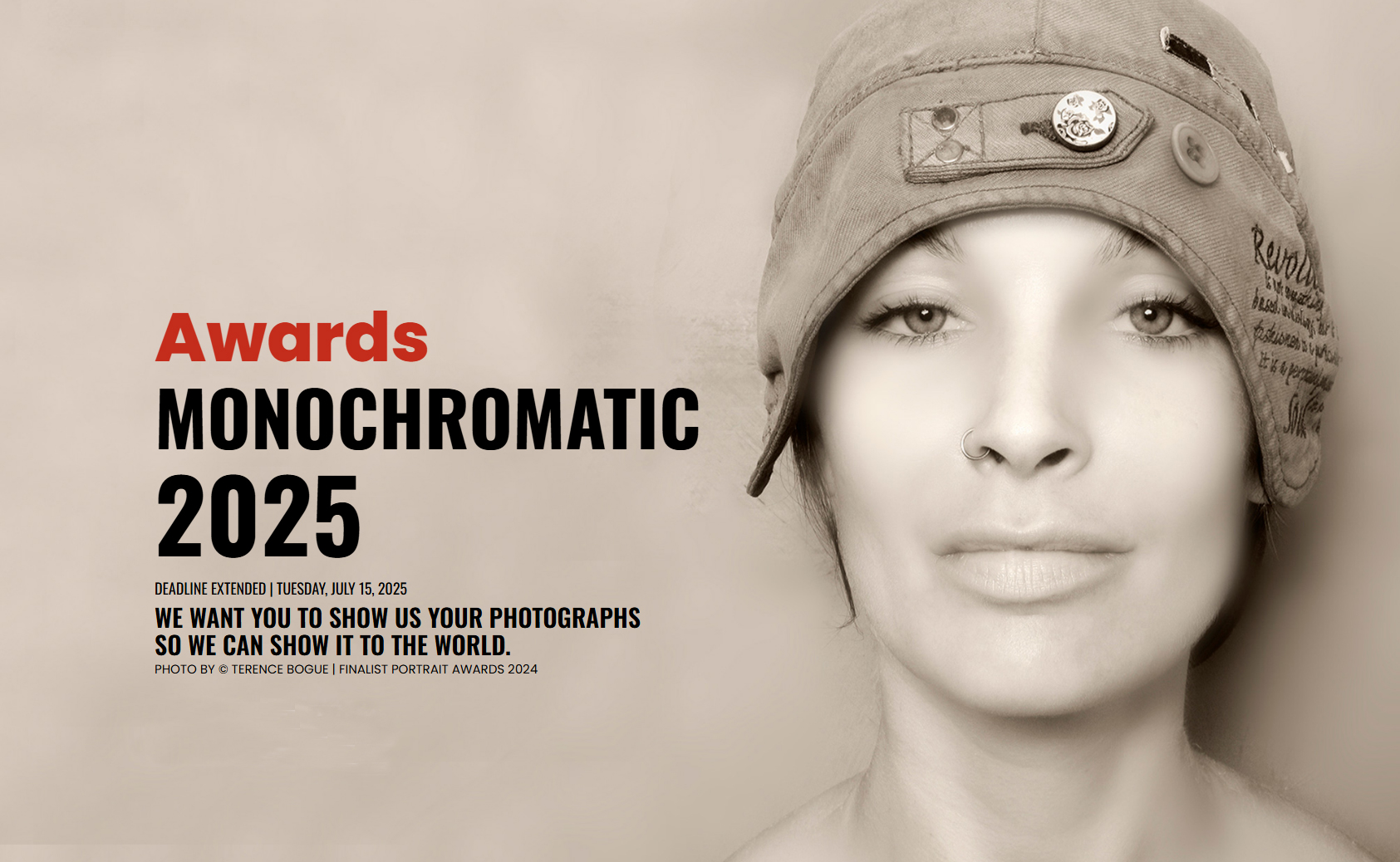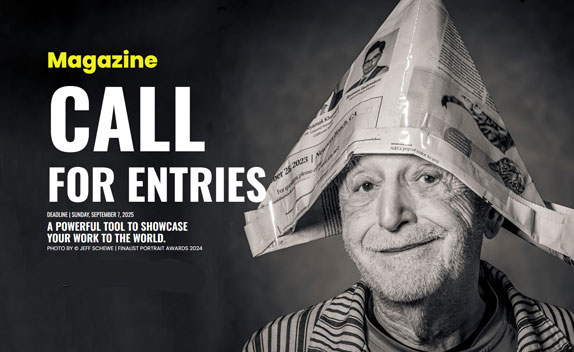Submission
Dodho Magazine accepts submissions from emerging and professional photographers from around the world.
Their projects can be published among the best photographers and be viewed by the best professionals in the industry and thousands of photography enthusiasts. Dodho magazine reserves the right to accept or reject any submitted project. Due to the large number of presentations received daily and the need to treat them with the greatest respect and the time necessary for a correct interpretation our average response time is around 5/10 business days in the case of being accepted.
- Between 10/30 images of your best images, in case your project contains a greater number of images which are part of the same indivisible body of work will also be accepted. You must send the images in jpg format to 1200px and 72dpi and quality 9. (No borders or watermarks)
- A short biography along with your photograph. (It must be written in the third person)
- Title and full text of the project with a minimum length of 300 words. (Texts with lesser number of words will not be accepted)
This is the information you need to start preparing your project for its presentation
To send it, you must compress the folder in .ZIP format and use our Wetransfer channel specially dedicated to the reception of works. Links or projects in PDF format will not be accepted. All presentations are carefully reviewed based on their content and final quality of the project or portfolio. If your work is selected for publication in the online version, it will be communicated to you via email and subsequently it will be published.


